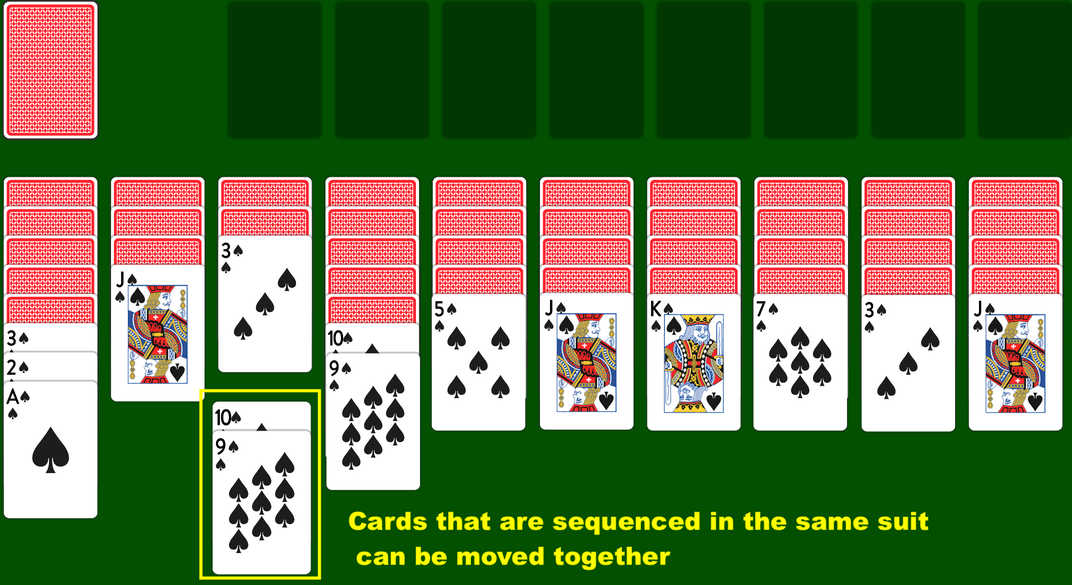
13 Card Rummy Sequence – The Basics
13-card rummy is one of the oldest card games known for its strategic complexity. This will walk you through the basics of the game, including rules, scoring, and winning strategy. 13 card rummy is a game of strategy and luck. The object of the game is to be the first player to discard all of their cards. Scoring in 13 card rummy sequence is simple – each card scores one point, with face cards worth five points and any number of other cards counting as zero points.
Rules Of 13 Card Rummy
13-card rummy is one of the most popular card games in the world. It’s simple to learn but challenging to master. In this sequence, They’ll be going over the basics of the game, from the rules of play to the different strategies that can be employed. They’ll also cover the different cards in a standard deck of 52 cards and how to make the most of them in a game of 13-card rummy. So, be sure to check it out!
The Deal
Rummy is one of the oldest card games still played today, and it’s a great way for anyone to sharpen their strategic skills. Playing this game with friends or family can be lots of fun, as the rules are simple enough that everyone can understand them. Plus, there are different variations you can try out to keep things interesting.
Scorekeeping
In card rummy, the game is won by capturing sets or dumping your hand and reaching a certain score. To keep track of the score while playing, you need to use different cards – these are called keeping cards. Depending on the number of players in the game, different rules will apply when it comes to tracking points and moving cards around.
For example, in 13-card rummy, there are two types of keeping cards: jokers (wildcards) and wilds (untouchable). Jokers can be used for any purpose except as part of another set; wilds cannot be played other than as part of another set. So if one player has three joker-type cards plus one wildcard card, they would use all four at once to make a new 5-card set that could not include joker-type cards or wild Cards from earlier rounds to be considered a ‘set’.
Pairs And Hands
Pairs and hands are two of the most important elements in card games like rummy. They dictate how many tricks you can play before having to stake an additional card and set the game’s rules. Memorization is necessary if you want to improve your odds of winning. Here are some tips on how to do just that: Start memorizing as many pairs as possible – this will help reduce the number of times you have to go through the deck.
Basic Strategy
Card games like poker aim to make as many cards as possible and ultimately win the hand. To achieve this, you need to follow a basic strategy – try to capture as many cards as possible while avoiding taking any unnecessary risks. If all goes according to plan, you’ll eventually be able to take over your opponents and win the game!
Scoring
13-card rummy is one of the most popular card games in the world, and for a good reason. It’s simple to learn but challenging to master. In this sequence, we’ll be covering the basics of the game, from scoring to rummy hands. As we mentioned earlier, the goal of the 13-card rummy is to score points by building pairs of like cards. Aces are worth one point each, 2s through 10s are worth face value, and a Jack or Queen (Joker) scores as many points as its rank – two for an Ace, three for a Two, etcetera.
Winning Strategy For 13 Cards Rummy
13-card rummy is a classic game that can be a lot of fun. If you’re looking to win, here are the basic rules that you need to know. First, if any lower-value cards are drawn, discard them and refill them with new lower-valued cards from the deck. Next, put the higher-value cards at the beginning of your hand.
Conclusion
13-card rummy is one of the most popular card games in the world, and it’s easy to see why. With rules that are simple to understand and a winning strategy that you can master, 13-card rummy is the ideal game for any occasion.

